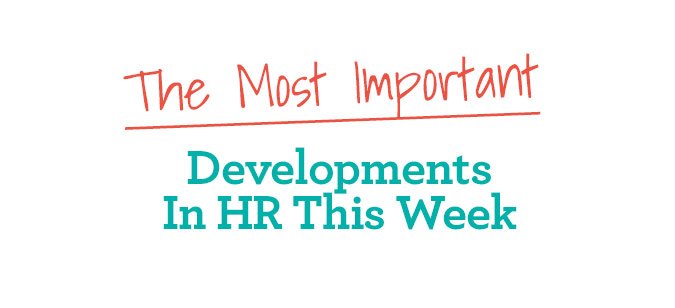
Those of us who have been in HR and training for more than a minute know that online learning disrupted this profession two decades ago. Now it’s just a fact of life, and one that makes sense. Taking time out of the workday to sit in a classroom hampers productivity, which was always the great irony of the training side of HR. Enter technology to help solve that problem. Back in the day, there was always the debate about when higher education was going to get the message and start offering more courses online. It has, and there are some interesting side notes about that. Many saw the rise in Massive Open Online Courses (MOOCs) as a major disrupter of traditional universities. They aren’t, as it turns out. People aren’t getting degrees for education’s sake, they want the sheepskin from a respected institution. So, MOOCs aren’t making much money, but universities with robust online programs of their own are cleaning up. There’s even a new role, Online Program Manager, that recruits virtual students. One example: The University of Illinois has 99 MBA students on campus. There are 1,750 online. Here’s the key: The fact that they don’t have to physically accommodate students can open enrollment up as wide as the web itself. And that is a boon to the university’s bottom line. The Economist


Ernst & Young’s 2018 Global Leadership Forecast surveyed more than 25,000 business leaders, including CHROs, and it came up with some striking disconnects between HR and others in the C-suite. HR pros think of themselves as strategic partners while leadership still sees HR as reactive. (Ouch.) Also, the majority of leaders believe the biggest challenge their companies face today is not having a digitally skilled and prepared workforce, especially when it comes to data analytics. Only 16 percent of HR pros agreed. OK, what to do about that? EY recommends viewing the business through a CEO’s lens and designing a workforce to support the company’s future, not just its current needs. That means getting ahead of how things like technology, competition, mergers and acquisitions, new products, even retirement of key people can disrupt the company’s business model, and in turn, the workforce. Lots of other interesting insights and recommendations in the report. Download it here. Forbes


The third tech CEO in two months to get shown the door because of bad behavior, TI’s CEO Brian Crutcher resigned this week because he violated the company’s code of conduct. Unlike Intel, which told the world their CEO had an affair with a co-worker, nobody at TI is talking publicly about what was so bad that the 22-year TI veteran, just six weeks in the CEO chair, had to step down, except that it was unrelated to the company’s strategy, operations, or financial reporting. Not divulging details may be a brand-saving strategy. TI’s code of conduct is posted on its website, and it’s among the most extensive we’ve ever seen. It’s 31 pages long, and goes into detail about things like acting honestly and ethically, avoiding conflicts of interest, bribes, and insider trading, among other things. Reuters


Flex time is rapidly moving from “nice to have” status to “must have” when you’re talking about attracting and retaining top talent, especially in this tight job market. Some companies claim to offer flexibility, but don’t have formal policies in place and just don’t get it right. Here are two examples of companies that do. Boston Consulting Group offers flex time and flex leave. Flex leave allows employees time to do things like coach a child’s soccer team, while flex time allows them to work 60 to 80 percent of full time and not get passed by for promotions. Sterling-Rice Group actively invites current and prospective employees to propose whatever kind of flex time they want. Reduced hours, remote work, whatever is fine. The result? Increased retention and happier employees. Fast Company


Interesting story in the Times this week about how women running for office in the midterm elections are “breaking carefully calculated and not always successful rules about how they can and should present themselves.” Gone are the days of the pantsuit. Enter tattoos, messy buns, and a kind of raw honesty we haven’t seen before from candidates of either gender — they’re talking about student loan and credit card debt, familial opiate abuse, and other real problems. Being their authentic selves. The above quote could be applied to the workplace, too. Not that long ago, women in the corporate world had to put on a facade, dressing and acting like men to climb the ladder. Even now, there are only 24 female CEOs in the Fortune 500, pay equity is still an issue, and harassment in the workplace is still rampant in some industries (we’re looking at you, Wall Street). But it feels like the #MeToo tsunami is changing all of that by empowering women from sports to politics to business to unapologetically be themselves. Next time you ask a female job candidate what their biggest weakness is, don’t be surprised if they really tell you.The New York Times










